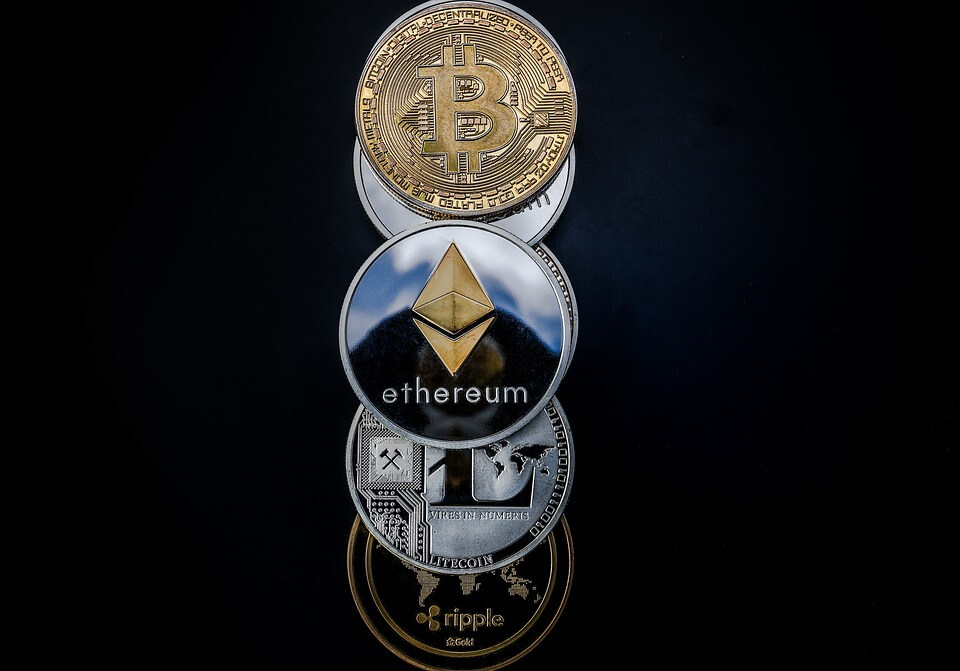India's cryptocurrency market is witnessing a torrent of retail enthusiasm, with investors channeling over $2 billion into digital assets like Bitcoin in the past month alone. This surge, fueled by simplified purchasing mechanisms on decentralized platforms, marks a pivotal revival in the bull cycle, potentially elevating the sector's valuation to $10 billion by year-end. Analysts at Kotak Securities project a 25% uptick in average transaction sizes, as first-time buyers leverage mobile apps for seamless acquisitions.
Market dynamics underscore this momentum. Trading volumes on peer-to-peer networks have spiked 40%, outpacing traditional equities amid global uncertainties. Domestic exchanges report a 35% increase in new user registrations, with millennials comprising 60% of inflows—drawn by Bitcoin's historical 200% annualized returns over five years. This capital shift is pressuring banks to innovate, as savers reallocate 5-10% of fixed deposits into volatile yet high-yield alternatives.
Policy implications are crystallizing. The Securities and Exchange Board of India (SEBI) is fast-tracking guidelines for crypto custodians, mandating 100% reserve proofs to mitigate rug-pull risks. Proposed tax rebates on long-term holdings—exempting gains above one year—could unlock an additional $500 million in investments, aligning with the government's digital economy push under the Digital India initiative. These reforms aim to formalize a market that currently operates in regulatory gray zones, potentially reducing illicit flows by 20%.
Consumer trends reveal a maturing appetite. Surveys by LocalCircles indicate 55% of urban professionals now view Bitcoin as a hedge against rupee depreciation, which has eroded 8% against the dollar this quarter. Educational content on yield farming and staking has proliferated, empowering users to earn 5-8% passive income, further embedding crypto in personal finance strategies.
Innovation leads the charge. Blockchain interoperability protocols now enable cross-chain swaps, slashing fees from 2% to 0.1% and broadening access to DeFi ecosystems. Indian developers are pioneering privacy-focused wallets with biometric locks, addressing security concerns that previously deterred 30% of prospects. These advancements position the country as a hub for affordable crypto infrastructure exports to emerging markets.
Economic analysis paints a broader canvas. Crypto inflows could bolster forex reserves by $1 billion through stabilized remittance channels, while job creation in blockchain verification hits 50,000 roles annually. However, volatility—evident in Bitcoin's 15% intra-day swings—necessitates robust risk disclosures to protect retail portfolios.
Challenges persist, including exchange hacks that wiped $100 million last year, prompting calls for mandatory insurance pools. Bridging the digital divide remains key; rural adoption lags at 10%, but subsidized literacy programs could triple participation.
As India rides this Bitcoin wave, the fusion of policy prudence and technological edge promises to transform speculative bets into sustainable wealth builders, fortifying the nation's financial frontier.


